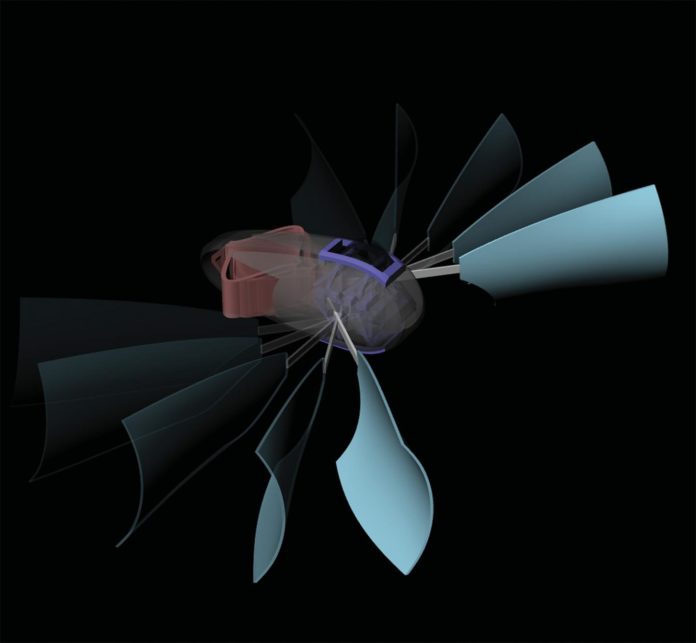Caltech scientists in collaboration with ETH Zurich scientists have developed robots that can perform tasks without using battery or motor. The robot performs the tasks by relying on water as it is constructed from deforms with temperature changes.
The system depends on segments of an adaptable polymer that is twisted when cold and extends when warm. The polymer is situated to enact a switch inside the robot’s body, that is thus appended to a paddle that rows it forward like a rowboat.
Its switch is made out of strips of an elastic material that, when pushed on by the polymer, snaps from one position to another.
Daraio, professor of mechanical engineering and applied physics in Caltech’s Division of Engineering and Applied Science said, “In the self-propelled devices, the material itself makes the machine function. Our examples show that we can use structured materials that deform in response to environmental cues, to control and propel robots.”
The polymer strips can also be “tuned” to give specific responses at different times: that is, a thicker strip will take longer to warm up, stretch out, and ultimately activate its paddle than a thinner strip. This tunability allows the team to design robots capable of turning and moving at different speeds.
During designing, scientists link up the polymer elements and switches in such a way as to make a four-paddled robot propel itself forward, drop off a small payload and then paddle backward.
Caltech postdoctoral scholar Osama R. Bilal, a co-first author said, “Combining simple motions together, we were able to embed programming into the material to carry out a sequence of complex behaviors. In the future, more functionalities and responsivities can be added, for example using polymers that respond to other environmental cues, like pH or salinity. Future versions of the robots could contain chemical spills or, on a smaller scale, deliver drugs.”
The study is published in the journal PNAS.
